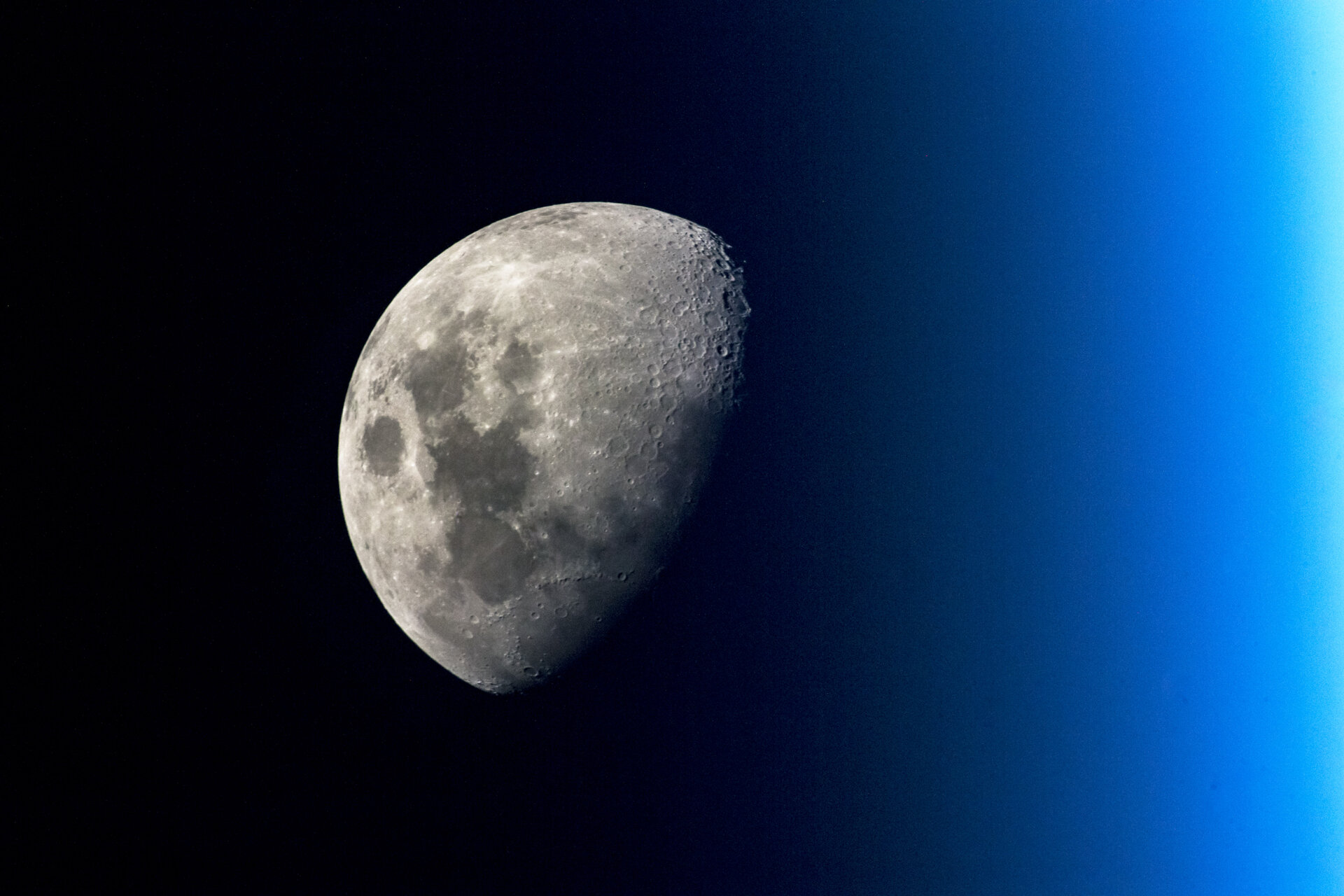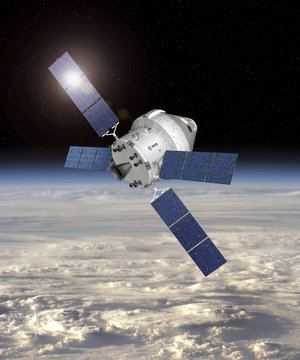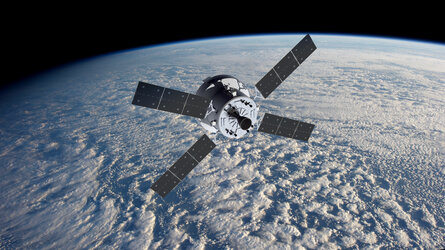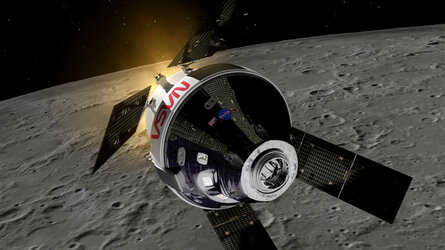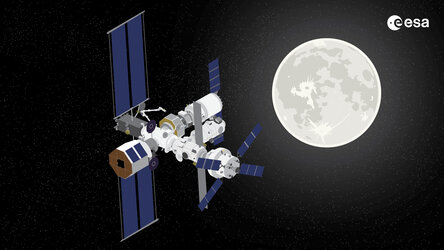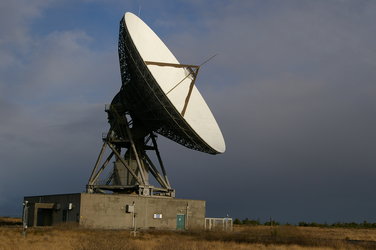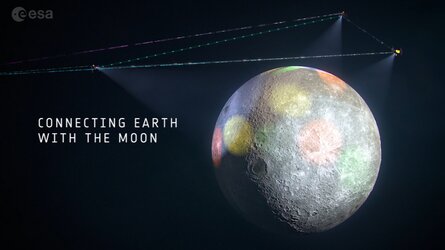UK helps to shape new era of lunar exploration
As NASA prepares to kick off its ambitious Artemis lunar programme, British experts are forging ahead with the development of technologies to support a sustainable presence on the Moon.
Artemis I is being readied for launch from the Kennedy Space Center in Florida, USA.
The mission is the first in a series of increasingly complex expeditions that aim to return people to the lunar surface before the end of the decade, traveling in the Orion spacecraft.
With ESA as a trusted partner, the Artemis programme will lay the foundation for regular trips to the Moon, the emergence of a thriving lunar economy – and even future crewed missions to Mars.

The uncrewed Artemis I mission will send Orion – which is powered by the European Service Module – around the Moon and back, serving as a precursor to future expeditions that will carry astronauts.
Developed by ESA and its partners, the European Service Module is the section of the spacecraft that supplies air, water, electricity and propulsion.
The module’s distinctive solar wings will provide electricity to power the spacecraft’s hardware.
UK company iNetic will deliver the inner gimbal motor of the second-generation solar array drive mechanism, which will be implemented in the production of the fourth European Service Module flight unit onwards.

The Artemis programme also includes the construction of the lunar Gateway, a Moon-orbiting staging post that will enable regular trips to deep space.
As part of ESA’s contributions to the spaceship, British industry is helping to develop Gateway’s ESPRIT module, which will provide communications and refuelling services.
Thales Alenia Space in the UK has the responsibility of delivering ESPRIT’s chemical refuelling elements, which are vital to keep both Gateway and other spacecraft in operation.
During its assembly, Gateway will carry several experiments to increase scientists’ understanding of how conditions in deep space could impact equipment and astronauts, with ESA contributing the European radiation sensors array (ERSA).
Experts at Imperial College London are building ERSA’s magnetometer, one of the experiment’s suite of sensors designed to monitor cosmic and solar rays.

The UK is further advancing plans for a sustainable lunar presence by accelerating the development of technologies related to communications, resource utilisation and energy generation.
ESA has collaborated with experts at the Goonhilly Earth Station in Cornwall to help develop and certify a pioneering deep space tracking service that caters to private companies and space agencies.
In addition, ESA is working with British firm Surrey Satellite Technology Ltd (SSTL) to develop Lunar Pathfinder, the world’s first dedicated lunar communications relay spacecraft.
The agency is building on Lunar Pathfinder, as well as Gateway’s ESPRIT module, through its Moonlight initiative, which aims to put a constellation of satellites around the Moon to provide a shared communications and navigation service for future lunar missions.
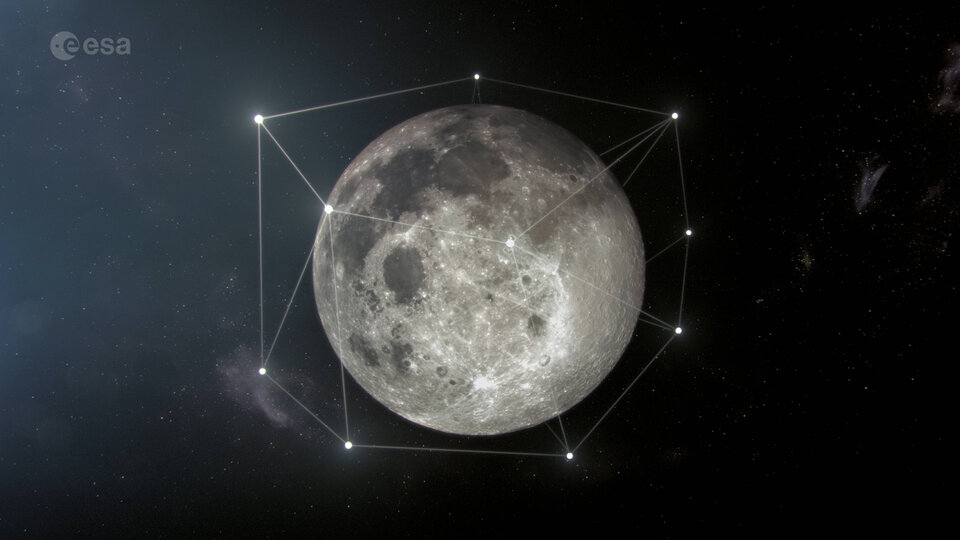
SSTL is leading one of two industrial consortia that are currently devising detailed definitions for this constellation.
To establish a long-term presence on the Moon, it is crucial to maximise the use of existing lunar resources to avoid the enormous cost of hauling supplies from Earth.
Supported by ESA, UK engineering firm Metalysis is developing technology that could pave the way for an extra-terrestrial extraction plant for transforming moondust into oxygen and building materials.
British engineers are also devising new concepts for energy generation in deep space, by exploring how nuclear technologies could provide a continuous source of power to support activities on the Moon and beyond.
The project is one of several UK-backed activities that are helping to pioneer new approaches to energy, communications and resources.

David Parker, ESA's Director of Human and Robotic Exploration, said: “ESA is one of NASA’s key partners in the Artemis programme, delivering the hardware for the Orion spacecraft that will propel astronauts to Earth’s natural satellite, as well as elements of the Moon-orbiting lunar Gateway.
“British companies and universities are making important contributions to Gateway, and we look forward to continuing to work with our UK partners as we develop technologies and know-how to enable onward exploration to the Moon and beyond.”
Paul Bate, Chief Executive of the UK Space Agency, said: “The UK is part of NASA’s Artemis programme to return humans to the Moon, with British companies and universities involved in the development of the Lunar Gateway – a new space station that will orbit the moon which marks the next chapter of human space exploration.
“As well as the UK Space Agency’s investment into this programme ESA, the UK space sector is making important contributions to building the station’s service and habitation modules, and there will be further opportunities as the programme comes to life. Thales Alenia Space UK is building the chemical refuelling system – which will help keep the station on course and prepare us for re-usable lunar landers, as well as future transportation systems to Mars.
“We’re also looking forward to the first UK instrument flying to the Moon later this year on board the Peregrine-1 Lunar Lander. Next year will see the launch of the NASA-led Lunar Trailblazer, featuring a thermal mapper instrument developed by the University of Oxford and funded by the UK Space Agency. Both these missions will improve our understanding of water resources on the moon, which could help extend the reach of human exploration further into the Solar System.”


